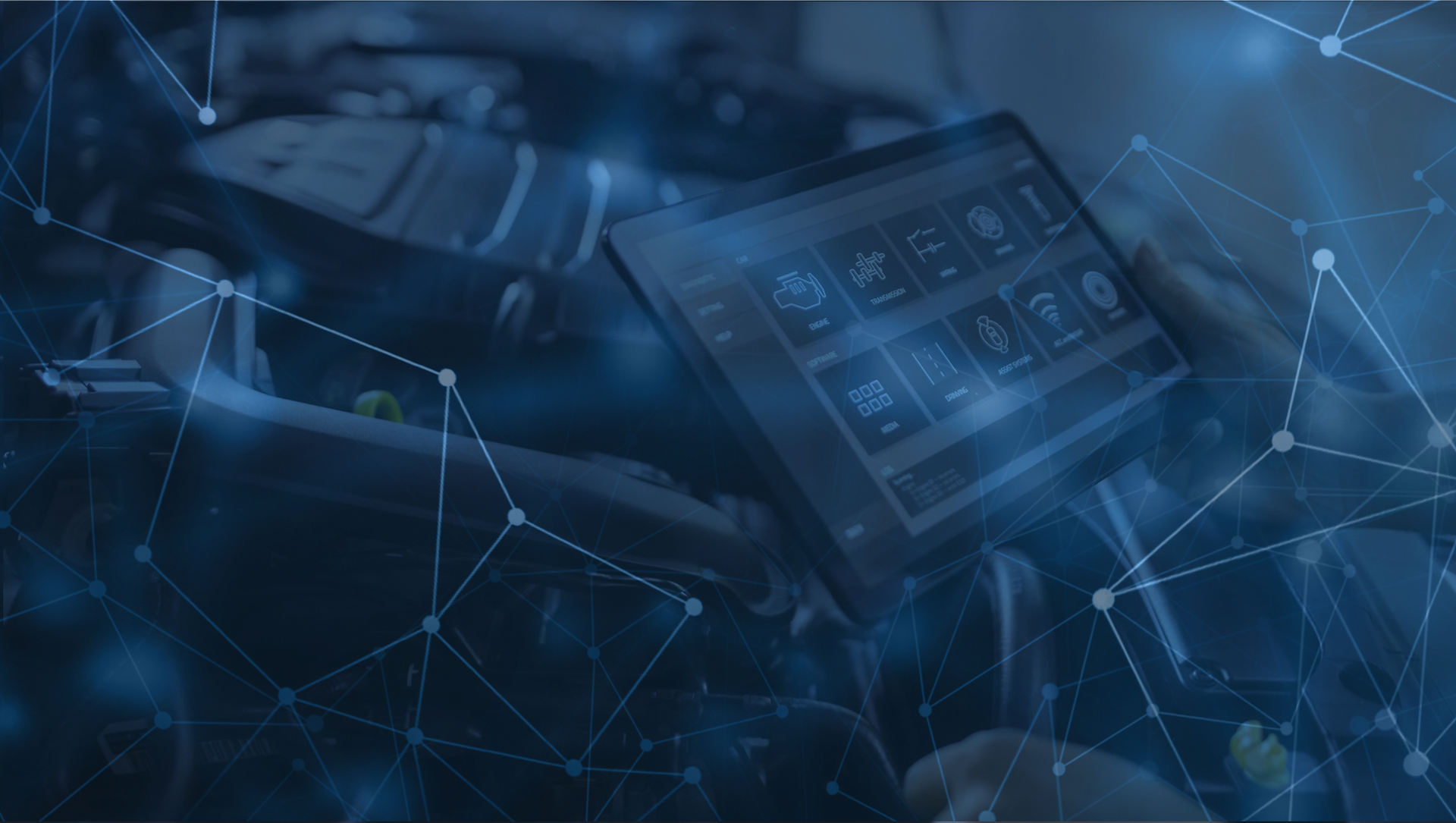Data intent: what the data means, what it might require a person to do. Context.
Intent discovery at an enterprise level means that understaffed servicing branches can send a generalist technician when the specialist’s schedule is overwhelmed. It means that a customer might have the tools and techniques required to fix an issue themselves, without having to file a warranty claim. It means that a dispatcher can more accurately diagnose the customer’s complaint, ensuring that the visiting technician is equipped with the proper tools and expertise to resolve the issue on the first trip. It means that the dispatcher sends the technician before the equipment even breaks, preventing any operational interruptions from happening at all.
Understanding, discovering, and applying data intent opens up all kinds of new business models for the enterprises who pursue it correctly. Intent is expertise. It is understanding the required next steps when you discover oil stains on the ground under your car — or when you have 10,000 customers reporting oil stains under their cars.
Data without intent requires the person reading it to have been trained in understanding it, bottlenecking the value of the data from truly being enterprise-wide. Building systems that discover data intent — and deliver it — at scale is one of the biggest AI-integration challenges.
Much of the industrial-IoT world is currently wrapped up in anomaly detection, but finding anomalies is only one part of a comprehensive repair and maintenance solution. Not all anomalies are problems and not all problems need to be fixed. So, how can you create context behind the data, at scale? How can you correlate required actions to incoming data streams?
No matter your industry, this requires extracting information from other sources and correlating it with the original stream you wish to understand further. In repair and maintenance, these sources are historical service orders, OEM manuals, or human heuristics. These sources contain symptom and resolution information that document the process from complaint to correction.
To calibrate real-time telemetry data, we use statistical machine learning to discover baselines and anomalies. Then we apply advanced and custom NLP techniques to historical service orders, discovering complaints, causes, and corrections from this noisy and error-prone source of information. Then, to finish the repair process, we extract resolution procedures from millions of pages of manuals, transforming them into an enriched graph data structure, enabling semantic search.
These three sources in conjunction enable us to monitor a diverse range of equipment, diagnose any malfunctions, prescribe the solutions that have worked previously, and make sure that the person sent to administer the solution knows how to do it.
The value of intent data cannot be overstated. The real challenge is accurately and systematically producing it.

Comments